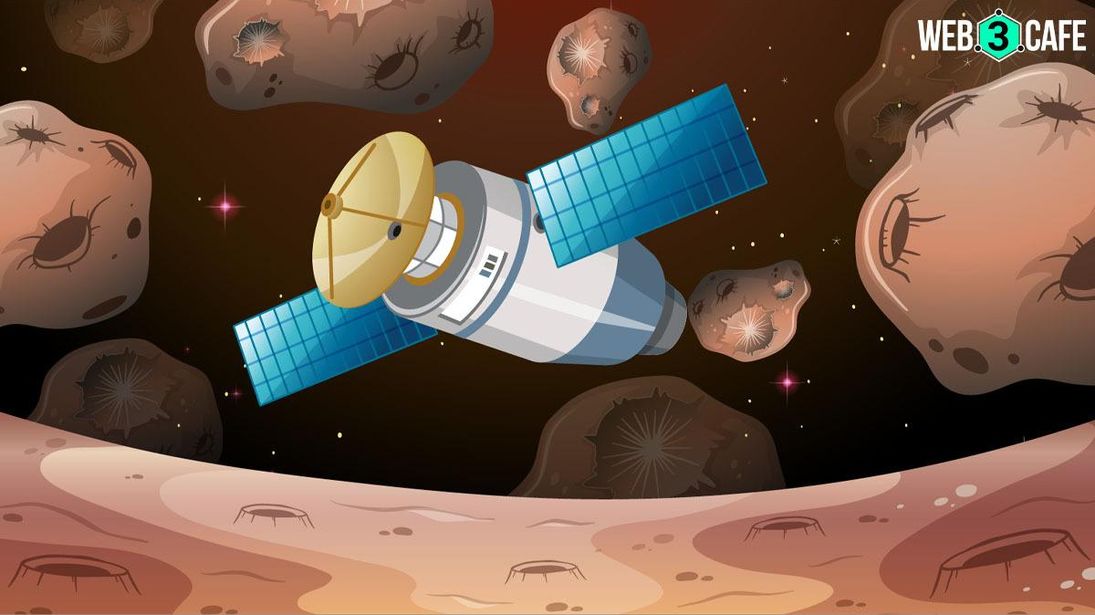Chandrayaan 3 Vikram Lander's lunar descent: The tech driving India's awaited milestone
India's Chandrayaan-3 mission gears up for a significant moment - Vikram Lander's gentle lunar landing. If successful, India will join elite lunar explorers. This achievement highlights advanced technology and precision in lunar endeavours.
 emerging tech
emerging tech
Highlights
- India anticipates Chandrayaan-3's historic lunar touchdown, potentially elevating its lunar exploration status
- Beginning at 5:45 PM on 23 August, ISRO's approach involves precise braking manoeuvres to guide Vikram to its landing site, proving its obstacle detection skills
- The terminal descent is pivotal, with Vikram choosing vertical descent or an alternate site based on hazards. This sequence ends with a carefully planned gentle touchdown
Named in honour of Vikram Sarabhai, the visionary Indian physicist heralded as the pioneer of the Indian space program, the Chandrayaan-3 mission anticipates a historic lunar touchdown. Scheduled for Wednesday, the Vikram lander is poised to make a gentle landing in the southern lunar region at a designated site, marking a significant milestone.
This event is forecasted to occur around 6:04 PM on 23 August.
Chandrayaan-3 Mission:
— ISRO (@isro) August 20, 2023
🇮🇳Chandrayaan-3 is set to land on the moon 🌖on August 23, 2023, around 18:04 Hrs. IST.
Thanks for the wishes and positivity!
Let’s continue experiencing the journey together
as the action unfolds LIVE at:
ISRO Website https://t.co/osrHMk7MZL
YouTube… pic.twitter.com/zyu1sdVpoE
A dual entity: The lander module's intricate composition
The Lander Module (LM) of the spacecraft is ingeniously composed of two integral components: the Lander itself, named Vikram, and its companion Rover, named Pragyan. Vikram's primary task is to adeptly deploy the payload rover, which is equipped to conduct a diverse range of experiments on the lunar terrain.
Achieving lunar excellence: India's ascent to elite lunar explorers
If the Vikram lander's mission is successful, India will firmly establish itself as the fourth nation capable of executing a gentle lunar touchdown. More notably, it will become the first nation to venture to the uncharted territory of the Moon's southern pole. This achievement marks a significant leap forward in India's pursuit of lunar exploration.
Technological prowess: Vikram Lander's ingenious design
Designed with meticulous ingenuity, the Vikram lander encapsulates a truncated pyramid enveloping a cylindrical propellant tank. Weighing a total of 1471 kg, including the rover, it harnesses a remarkable 650 W of solar energy, stored efficiently within an advanced lithium-ion battery to ensure a consistent power supply.
Precision & communication: Guiding Vikram's descent
Vikram's descent to the lunar surface is meticulously choreographed by 800 N liquid propellant engines, guaranteeing a precise and controlled landing. During this process, Vikram will establish seamless communication with the Indian Deep Space Network, the orbiter, and the companion rover.
Scientific endeavours: Instruments aboard Vikram Lander
Vikram is equipped with an assortment of cutting-edge instruments, each serving a unique scientific purpose. Among them, the Radio Anatomy of Moon Bound Hypersensitive Ionosphere and Atmosphere (RAMBHA) experiment investigates the lunar plasma environment, utilising a Langmuir probe and a Dual Frequency Radio Science experiment.
Unveiling lunar mysteries: Chandrayaan-3's lunar touchdown process
Anticipation is palpable as India prepares for a historic event - the lunar touchdown of Chandrayaan-3, scheduled for 23 August. Guided by ISRO, Vikram's controlled descent commences around 5:45 PM, culminating in an anticipated touchdown at 6:04 PM. The terminal descent is the crux of the process, as Vikram assesses potential obstacles at 150 meters above the surface.
This assessment guides the decision to proceed vertically or select an alternative site, which could extend the timeline by approximately 52 seconds.
Chandrayaan-3 Mission:
— ISRO (@isro) August 19, 2023
The second and final deboosting operation has successfully reduced the LM orbit to 25 km x 134 km.
The module would undergo internal checks and await the sun-rise at the designated landing site.
The powered descent is expected to commence on August… pic.twitter.com/7ygrlW8GQ5
India is gearing up for a historic moment - the lunar landing of Chandrayaan-3, set to occur on Wednesday, 23 August. Guided by ISRO, the Vikram lander initiates its descent at around 5:45 PM, aiming for a touchdown at 6:04 PM.
The pivotal phase is the terminal descent, where Vikram hovers at 150 meters, assessing potential lunar surface obstacles. Based on this assessment, Vikram decides whether to proceed vertically or opt for an alternate site, potentially extending the timeline by 52 seconds.
Unlocking lunar secrets: Vikram Lander's purpose
The Vikram lander is a carrier of advanced scientific tools aimed at unravelling the mysteries of the Moon's surface traits, nearby atmosphere, and concealed tectonic dynamics. Its scheduled landing coincides with the beginning of a lunar day, lasting 28 Earth days.
Chandrayaan-3 Mission:
— ISRO (@isro) August 23, 2023
All set to initiate the Automatic Landing Sequence (ALS).
Awaiting the arrival of Lander Module (LM) at the designated point, around 17:44 Hrs. IST.
Upon receiving the ALS command, the LM activates the throttleable engines for powered descent.
The… pic.twitter.com/x59DskcKUV
During this interval, the lander and rover harness 14 days of uninterrupted sunlight to recharge their systems. As night falls, their functions cease, and their energy reserves begin to dwindle. The possibility of their revival during the subsequent lunar day remains uncertain.
This pursuit aligns with a global surge in lunar missions, as the Moon continues to enthrall scientists as a gateway to deep space. Success in Chandrayaan-3's mission promises to propel us closer to these revelations.


COMMENTS 0